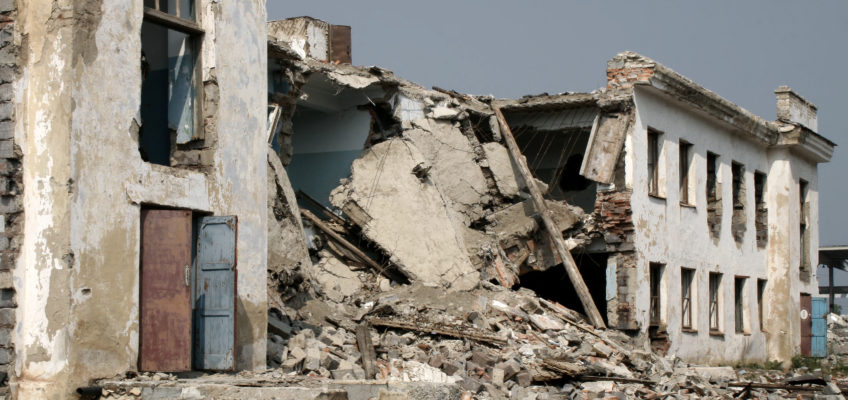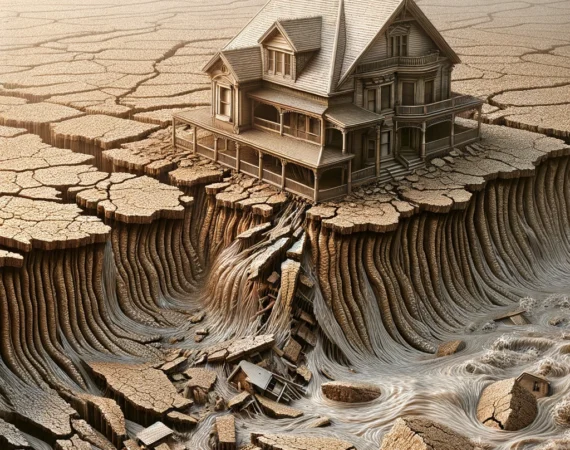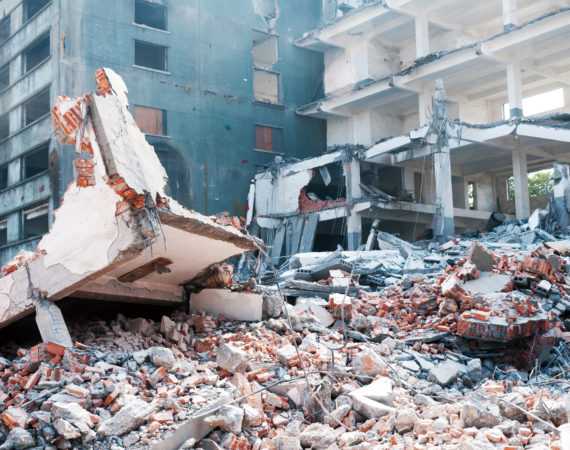Sturdy Foundations: Designing Structures to Withstand Earthquakes
When the earth shakes, buildings can crumble, lives can be lost, and communities can be devastated. Earthquake resilience in architecture isn’t just about ensuring that structures remain standing during a seismic event, but it’s about safeguarding people, economies, and cultures. As forensic engineers, we’ve learned from past mistakes and continually innovate to ensure a safer future.
The challenge of building earthquake-resilient structures involves a combination of understanding geological data, engineering principles, and architectural design. Here’s how the industry is progressing:
- Base Isolation: This technique involves placing a building on flexible bearings that can absorb and dissipate seismic energy. When an earthquake strikes, the ground beneath the building might move, but the building itself remains relatively stable, ensuring reduced damage.
- Cross-Bracing: By using diagonal braces made of reinforced materials like steel, a building’s frame can distribute the seismic stress, preventing structural damage. These braces act as a shock absorber, reducing the force exerted on the building.
- Seismic Dampers: Similar to shock absorbers in vehicles, seismic dampers absorb the quake’s energy. These devices can replace a building’s vertical support, giving structures the flexibility to move without causing significant damage.
- Retrofitting: Older buildings that weren’t designed with modern engineering knowledge can still be protected. By strengthening the existing structure, perhaps by adding steel frames or reinforcing walls with additional materials, the building can be made more earthquake-resilient.
- Smart Materials: The future of earthquake resilience might lie in materials that have the ability to ‘heal’ themselves after a quake. For instance, concrete embedded with bacteria that produce limestone can fill cracks that form after an earthquake, restoring the structure’s strength.
Incorporating these techniques requires collaboration between city planners, architects, engineers, and communities. But the investment is worth it. With every innovation, we not only protect structures but also ensure that communities can rebound faster after a seismic event.
In conclusion, while we cannot control the forces of nature, we can certainly equip ourselves better. Building for earthquake resilience is an ongoing journey, but with every step, we’re creating safer, more secure spaces for all.




